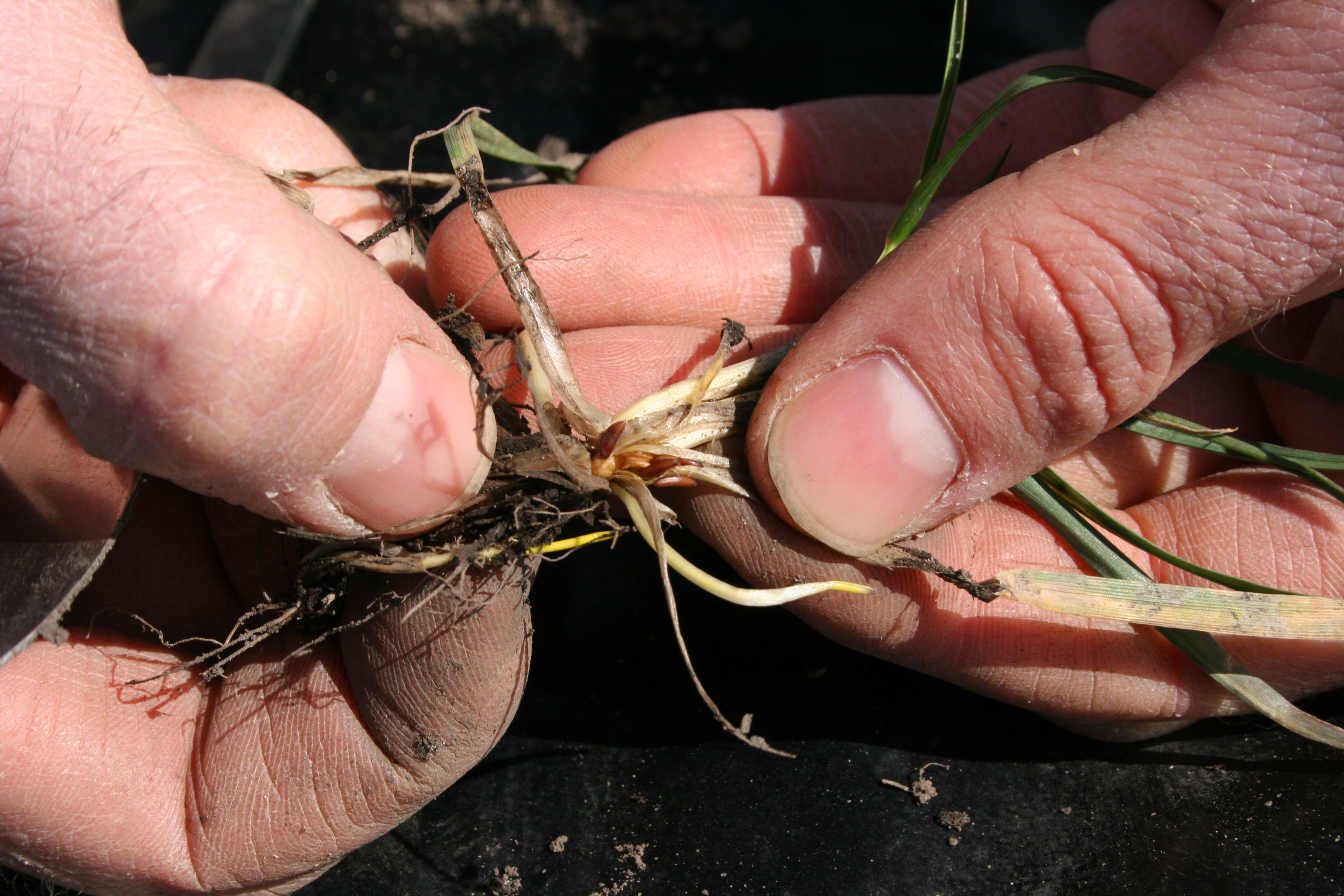Hessian Fly Adults Are Active- Should You Spray?
go.ncsu.edu/readext?495508
en Español / em Português
El inglés es el idioma de control de esta página. En la medida en que haya algún conflicto entre la traducción al inglés y la traducción, el inglés prevalece.
Al hacer clic en el enlace de traducción se activa un servicio de traducción gratuito para convertir la página al español. Al igual que con cualquier traducción por Internet, la conversión no es sensible al contexto y puede que no traduzca el texto en su significado original. NC State Extension no garantiza la exactitud del texto traducido. Por favor, tenga en cuenta que algunas aplicaciones y/o servicios pueden no funcionar como se espera cuando se traducen.
Português
Inglês é o idioma de controle desta página. Na medida que haja algum conflito entre o texto original em Inglês e a tradução, o Inglês prevalece.
Ao clicar no link de tradução, um serviço gratuito de tradução será ativado para converter a página para o Português. Como em qualquer tradução pela internet, a conversão não é sensivel ao contexto e pode não ocorrer a tradução para o significado orginal. O serviço de Extensão da Carolina do Norte (NC State Extension) não garante a exatidão do texto traduzido. Por favor, observe que algumas funções ou serviços podem não funcionar como esperado após a tradução.
English
English is the controlling language of this page. To the extent there is any conflict between the English text and the translation, English controls.
Clicking on the translation link activates a free translation service to convert the page to Spanish. As with any Internet translation, the conversion is not context-sensitive and may not translate the text to its original meaning. NC State Extension does not guarantee the accuracy of the translated text. Please note that some applications and/or services may not function as expected when translated.
Collapse ▲Hessian fly eggs have been spotted on wheat in Beaufort County, NC. Larvae will hatch from these eggs and will feed throughout the cold months, killing tillers. Here are some bits of information to help you decide whether or not to spray:
1) Spray only susceptible varieties. See a list of high yielding varieties with Hessian fly resistance ratings (if known).
2) Do not spray wheat that was planted with an insecticidal seed treatment. A NCSU master’s student sprayed wheat treated with an insecticidal seed treatment twice a month during the fall in multiple locations during 2014 and 2015. The seed treatment alone was enough to hold the flies back through the fall ( published research paper).
3) Check your earliest planted wheat for Hessian fly larvae and pupae. A good way to do this is do take a shovel and carefully dig up plants. Keep all the soil on the shovel and dissect the plants. Focus in the soil on dead tillers that may have rotted; pupae and larvae may be harboring in these dead tillers that are not apparent on the surface.

Hessian fly pupae
4) See if you have eggs. A photo of an egg is provided in this article from 2016. There is no threshold for spraying eggs, although we are working on developing one. I get worried when there is at least one egg per tiller, but that doesn’t necessarily mean this will turn into anything or mandate a spray.
5) Spray as soon as you can if there are eggs, but not right before a rain. We think that the insecticide works best if you can get some residual to kill adults. It is possible that the insecticide can kill larvae when they hatch from the eggs and move down the leaf to feed below the soil surface. A spray targeted when eggs first show up should work the best if these assumptions are true. See this article for an efficacy trial.
6) Consider other pests and beneficials that might be in your field. If you have aphids in the field, you might get more bang for your buck on a spray by eliminating this insect. Fall infestations of aphids can be associated with barley yellow dwarf virus in the spring. Also remember that if you end up spraying, you will knock out any beneficials that might help you in the winter hold back things like aphids, winter grain mite, or even Hessian fly.
If you want more extensive coverage of all our recommendations and fly biology, they can be found in Biology and Management of Hessian Fly in the Southeast, the Small Grain Production Guide, or this video on Hessian fly management.


